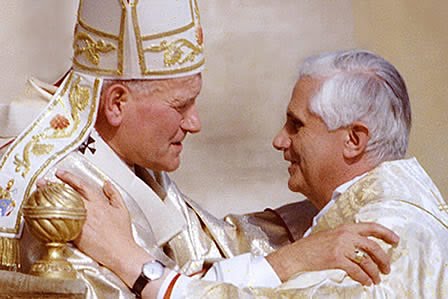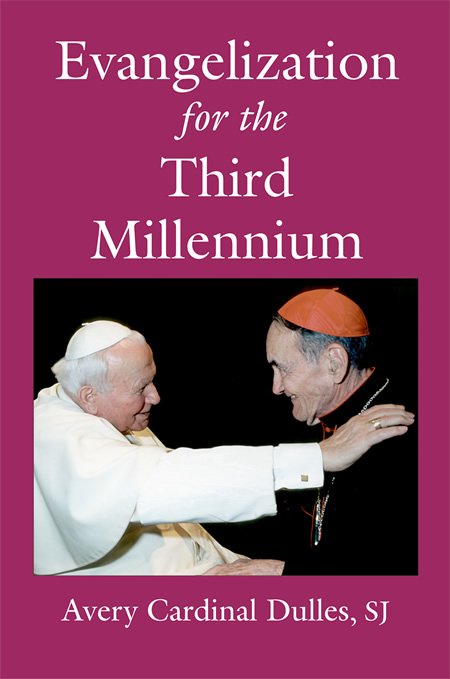
Pope John Paul II first spoke of a “new evangelization” in a homily on June 9, 1979. There, in his Polish homeland, he said:
“A new evangelization has begun, as if it were a new proclamation, even if in reality it is the same as ever.”
Four years later in an address to Latin American bishops, he described the New Evangelization as “new in ardor, new in methods, and new in expression.” It’s aimed precisely at those places where:
“…entire groups of the baptized have lost a living sense of the faith, or even no longer consider themselves members of the Church, and live a life far removed from Christ and his Gospel.”
When Pope Benedict XVI was elected pope, he picked up right where his predecessor left off. Promoting and strengthening the movement, he described the New Evangelization as a “re-proposal of the perennial truth of Christ’s Gospel.” At its root, it’s about re-telling the Catholic story to a world that has largely forgotten it.
Pope Benedict has certainly mastered that but another evangelist who does it well is Fr. Robert Barron. Fr. Barron’s epic “Catholicism” series unveiled the Church in all of her splendor, intelligence, and beauty. The series aired on PBS stations across the country, piercing the Catholic message into secular spheres.
Through his blog, YouTube commentaries, and new role as Rector of Mundelein Seminary, Fr. Barron carries on the New Evangelization in several other ways. Here are his own thoughts on the movement, including it’s role in the seminaries:
If you want more, my two favorite books on the topic are Ralph Martin’s John Paul II and the New Evangelization (just $8 on Amazon!) and Avery Cardinal Dulles’ masterful synthesis, Evangelization for the Third Millennium. Each book features several essays covering the countours of the movement and its relevance today.
 |
 |
